Kitsap Transit purchases Bremerton Lanes building for new transit center
At its June 6 boarding meeting, Kitsap Transit’s Board of Commissioners approved the purchase of the former Bremerton Lanes building on Bruenn Avenue, which will be demolished to make way for a redesigned and expanded West Bremerton Transit Center.
For decades, the property was a popular bowling alley and casino until it was shut down in 1999. It reopened under new ownership in 2003, according to the Kitsap Sun, before closing for good in 2010. Kitsap Transit has used one side of the building for its West Bremerton Transit Center for years.
Our plan is to transform the old building into a modern and efficient transit center and park & ride. Like our North Viking and Wheaton Way Transit Centers, the goal is to provide a space for West Bremerton riders to park outside of the downtown core and use transit to access jobs and services.
Our vision for the West Bremerton Transit Center goes beyond that, however. Kitsap Transit is also exploring hydrogen production through electrolysis – a clean method of using electricity to split water into hydrogen and oxygen. Our board has given us their blessing to pursue federal and state grant funding to build a hydrogen production facility at the West Bremerton site.
“Part of our zero-emissions effort is moving toward hydrogen fuel cells, and we’ll be looking at the feasibility of putting in a small electrolyzer to generate hydrogen,” Executive Director John Clauson said.
The hydrogen gas generated by electrolysis can be stored for later use or used directly in fuel cells to generate electricity. Fuel cells produce electricity through a chemical reaction between hydrogen and oxygen, with water as their byproduct!
While it sounds futuristic, hydrogen fuel-cell buses are already serving other communities. Oakland-based Alameda-Contra Costa Transit District has 36 hydrogen fuel-cell electric buses in operation and two hydrogen stations – a vapor compression hydrogen station with a 9,000-gallon hydrogen storage tank and a liquid compression hydrogen station with a 15,000-gallon hydrogen storage tank.
(Closer to home, Twin Transit is working on building Washington State’s first hydrogen fueling station in Lewis County. You can read more about that project here.)
This facility has the potential to drastically reduce the emissions produced by our fleet and benefit the community. And while it’s still early, our goal would be for the hydrogen gas produced at the facility to be made available for the public’s use in future hydrogen vehicles.

